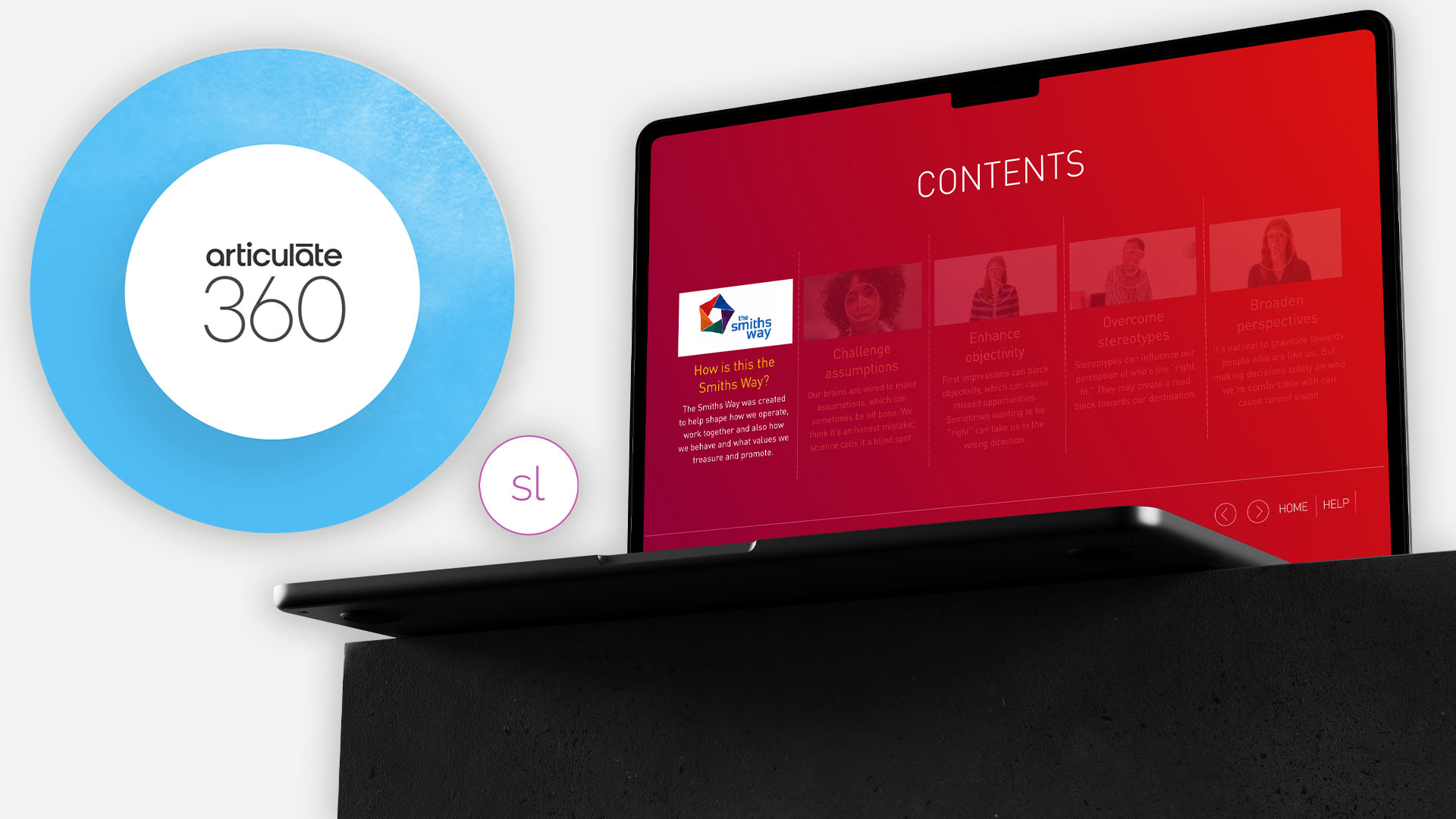What is integrated marketing? Do I need to do it? In a word, yes.
Integrated marketing is a marketing approach that delivers unified messaging across all of a brand’s platforms. This communication ensures consumers don’t receive mixed messages and creates a strong brand image. Now, we aren’t suggesting a brand has to post the same content across all its channels. In fact, we would recommend you don’t. We’re suggesting the views and positioning should remain consistent.
Mailchimp can demonstrate an example of integrated social marketing. They create playful, comprehensive social posts reflecting their website and newsletter messaging. Twitter provides a platform to share other profiles’ content and respond to consumers quickly, whereas LinkedIn is more of a formal platform to showcase their professional standing.
As internet-based technology grows, so does the requirement for brands and organisations to construct marketing campaigns that run simultaneously on multiple channels. Customers now expect to be able to interact with brands they are interested in wherever they are – on a mobile device or otherwise.
Suppose a potential customer sees an attractive advertisement on television. In that case, they will often immediately go to their smartphone to look up the company further and expect a fully-fledged website to welcome their search. Customers who interact with a QR code on a clothing tag expect to be taken to a relevant landing page with everything they want to know about that product and the manufacturer.
Basically…
Integrated marketing can seem like a massive understanding. However, the rewards far outweigh the risks when it comes to the introduction of integrated marketing. In the long run, an integrated marketing strategy will undoubtedly show a more effective cost, time and analytical measurement of marketing activities for an organisation.
Integrated marketing strategies emphasise the importance of a seamless brand experience for end users and customers. The experience has to be multi-dimensional while keeping in line with the brand guidelines that define an organisation. This means all media channels an organisation uses will have the same look, feel, and brand voice.
What is integrated marketing? Do I need to do it? In a word, yes.
Integrated marketing is a marketing approach that delivers unified messaging across all of a brand’s platforms. This communication ensures consumers don’t receive mixed messages and creates a strong brand image. Now, we aren’t suggesting a brand has to post the same content across all its channels. In fact, we would recommend you don’t. We’re suggesting the views and positioning should remain consistent.
Mailchimp can demonstrate an example of integrated social marketing. They create playful, comprehensive social posts reflecting their website and newsletter messaging. Twitter provides a platform to share other profiles’ content and respond to consumers quickly, whereas LinkedIn is more of a formal platform to showcase their professional standing.
As internet-based technology grows, so does the requirement for brands and organisations to construct marketing campaigns that run simultaneously on multiple channels. Customers now expect to be able to interact with brands they are interested in wherever they are – on a mobile device or otherwise.
Suppose a potential customer sees an attractive advertisement on television. In that case, they will often immediately go to their smartphone to look up the company further and expect a fully-fledged website to welcome their search. Customers who interact with a QR code on a clothing tag expect to be taken to a relevant landing page with everything they want to know about that product and the manufacturer.
Basically…
Integrated marketing can seem like a massive understanding. However, the rewards far outweigh the risks when it comes to the introduction of integrated marketing. In the long run, an integrated marketing strategy will undoubtedly show a more effective cost, time and analytical measurement of marketing activities for an organisation.
Integrated marketing strategies emphasise the importance of a seamless brand experience for end users and customers. The experience has to be multi-dimensional while keeping in line with the brand guidelines that define an organisation. This means all media channels an organisation uses will have the same look, feel, and brand voice.




